Last updated on March 28th, 2024 at 12:52 pm
When Nigeria adopted the Naira as its currency on January 1, 1973, the US Dollar was just 68 kobo to a Naira (less than one naira). However, today, 1 USD is worth N1,300 on NAFEM after the Central Bank of Nigeria stopped ‘subsidizing’ the value of the Nigerian currency.
Table of Contents
Here is the timeline of the official USD/NGN exchange rate from the military regime of Yakubu Gowon to the present.
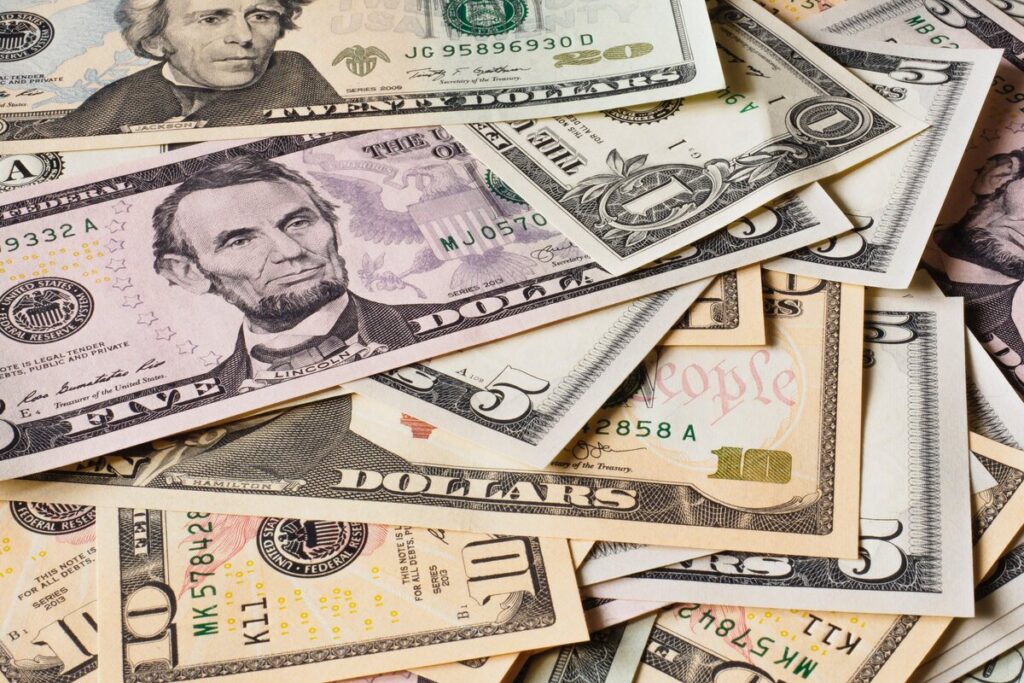
Gowon Era
In 1973, 1 US dollar was 0.658 naira, which is three years after the end of the Nigerian Civil War.
- $1 = N0.658 (1973)
- $1 = N0.63 (1974)
- $1 = N0.616 (1975)
Murtala/Obasanjo Regime
- $1 = N0.616 (1975)
- $1 = N0.62 (1976)
- $1 = N0.647 (1977)
- $1 = N0.606 (1978)
- $1 = N0.596 (1979)
Shagari Administration
- $1 = N0.596 (1979)
- $1 = N0.550 (1980)
- $1 = N0.61 (1981)
- $1 = N0.673 (1982)
- $1 = N0.724 (1983)
Buhari’s military junta
- $1 = N0.765 (1984)
- $1 = N0.894 (1985)
During the military junta of Major-General Muhammadu Buhari from 1984 until the year he was toppled in 1985, the Naira experienced a slight decline against the US dollar. It dropped from N0.724/$1 to N0.765/$1 in 1984.

Babangida’s Regime
- $1 = N0.894 (1985)
- $1 = N2.02 (1986)
- $1 = N4.02 (1987)
- $1 = N4.54 (1988)
- $1 = N7.39 (1989)
- $1 = N7.39 (1990)
- $1 = N8.04 (1991)
- $1 = N9.91 (1992)
- $1 = N17.30 (1993)
The Dollar to Naira rate reached an all-time high of N2.02 for the first time in 1986 during the regime of Gen. Ibrahim Badamosi Babangida (IBB).
The drop in the value of naira could be attributable in part to the regime’s Structural Adjustment Programme (SAP).
The primary goal of IBB’s SAP was to restructure and diversify Nigeria’s productive base, aiming to reduce dependency on the oil sector and imports.
However, it inadvertently disrupted other sectors of the economy, significantly impacting the exchange rate between the USD and Naira.
By the time IBB stepped aside in 1993, the exchange rate had surged to 1$/N17.30.
The official rate during Abacha
- $1 = N17.30 (1993)
- $1 = N22.33 (1994)
- $1 = N21.89 (1995)
- $1 = N21.89 (1996)
- $1 = N21.89 (1997)
- $1 = N21.89 (1998)
The interim government of Chief Ernest Shonekan had little opportunity to implement monetary policies, as he was overthrown after only three months by Gen. Sani Abacha.
During his regime, the dollar experienced a significant gain against the Naira, reaching $1/N22.33, with a slight devaluation to N21.89. This exchange rate remained relatively stable until his death on June 7, 1998.
The regime of Gen. Abdulsalami Abubakar successfully maintained this exchange rate until he transmitted power to a democratically elected government on May 29, 1999.
Obasanjo’s administration
Chief Olusegun Obasanjo returned in 1999 as Nigeria’s president under the Peoples Democratic Party (PDP), here is the timeline of the official rate through his 8-year rule:
- $1 = N21.89 (1999)
- $1 = N85.98 (2000)
- $1 = N99-N106 (2001)
- $1 = N109-N113 (2002)
- $1 = N114-N127 (2003)
- $1 = N127-N130 (2004)
- $1 = N132-N136 (2005)
- $1 = N128.50-N131.80 (2006)
- $1 = N120-N125 (2007)
He met it at N21.89/$1. Within a year, the Naira fell to N85.98/$1, and before he left office in 2007, one dollar was valued between N120 to N125.
Yar’adua’s government
- $1 = N120-N125 (2007)
- $1 = N115.50-N120 (2008)
- $1 = N145-N171 (2009)
- $1 = N148.21-N154.8 (2010)
The rate during Jonathan
- $1 = N148.21-N154.8 (2010)
- $1 = N151.05-N165.1 (2011)
- $1 = N155.09-N161.5 (2012)
- $1 = N153.21-N162.9 (2013)
- $1 = N170-N199 (2014)
- $1 = N199 (May 2015)
The return of Buhari
Similar to OBJ, Buhari made a return, this time as a democratically elected president. Before the end of 2015, the exchange rate between the USD and Naira jumped to N300.
- $1 = N199 (May 2015)
- 1 USD=N300 (December 2015)
- 1 USD = N300-N320 (2016)
- 1 USD = N360 (2017)
- 1 USD = N360 (2018)
- 1 USD = N305 (2019)
- 1 USD = N361 (2020)
- 1 USD = N445.47 (2021)
- 1 USD = NGN415.83 (2022)
- 1 USD = May 2023: N445.4
Naira Devaluation in 2020
CBN did not issue an official statement about the 2020 devaluation, but both the International Monetary Fund (IMF) and the World Bank advised Nigeria’s apex bank to devalue the Naira.
The World Bank, IMF, and financially robust advanced countries do not grant loans without clearly specifying their terms and conditions.
One of the conditions for the disbursement of the loan was a unification of the exchange rate which most analysts believe the CBN has dithered on for months.
It was gathered that the World Bank committee working on the loan was supposed to present it to their board on August 6, 2020, until it was postponed to a later date.
Critics suggest that this delay might be attributed to challenges in meeting the conditions precedent for the initial $1.5 billion loan, some of which include the $1.5 billion loan itself.
“The amount we are raising in the first instance is $1.5 billion for FG and around September October we are hoping to close out on the facility meant for states and the amount is meant to be $1-1.5 billion.” Zainab Ahmed, the Minister of Finance at the time was quoted as saying during one of her press conferences with newsmen in Abuja.
She said Nigeria raising “in the first instance is $1.5 billion for FG and around September October we are hoping to close out on the facility meant for states and the amount is meant to be $1-1.5 billion.”
The Tinubu’s Unification Policy Regime
- 1 $ = N589.45 (June 2023)
- 1 $ = N1,300 (March 27, 2024)
The Buhari regime left behind a rate of N445.47/USD. However, it surged to $1/589.45 when Bola Tinubu announced the unification of the currency.
The former Lagos govenor, in announcing the floatation, emphasized that the market should determine the rate, with the “willing buyer and willing seller rate” set by market demand. At the parallel market, it exceeded NGN700/USD at that time.
There were allegations that the Buhari administration spent over one billion US dollars to support the value of the Naira during its eight years in government.
However, Tinubu advocated for market forces to dictate the price. As of the latest update, USD is valued at N1,300 on the Nigerian Autonomous Foreign Exchange Market (NAFEM).
NAFEM is the market segment for Investors, Exporters, and End-users, enabling FX trades at rates determined by prevailing market conditions.
Officially, the Tinubu government has devalued the Naira in a bid to attract foreign investors. The question is: Will foreign investors come amid insecurity across Nigeria?

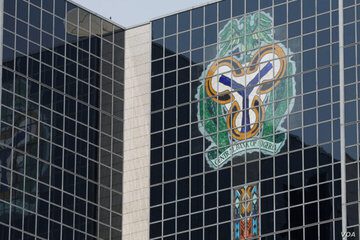

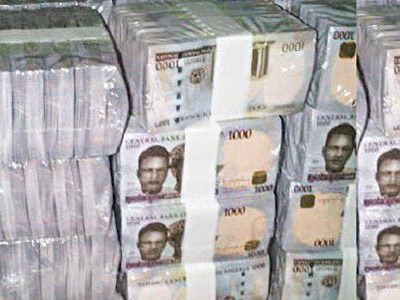
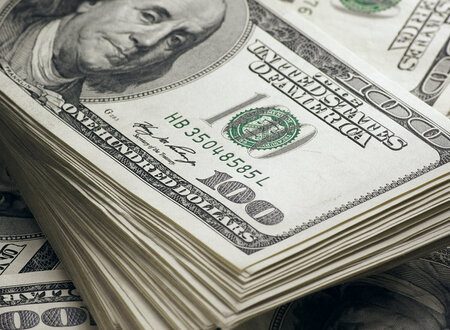
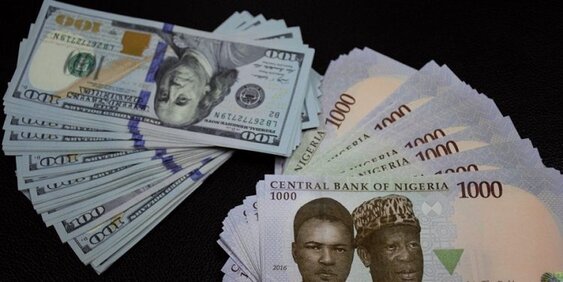
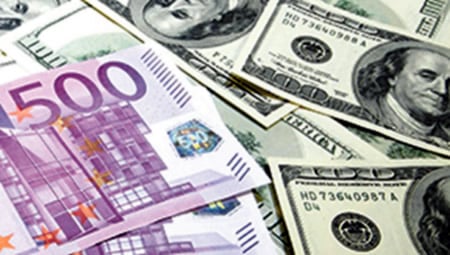
POINT OF CORRECTION NAIRA TO $1 DOLLAR WAS #165 WHEN PDP WAS LEAVING THE POWER,PRESIDENT BUHARI HAVE BEING IN POWER BEFORE NAIRA TO DOLLAR WAS DEVALUE TO #199 TO $1.